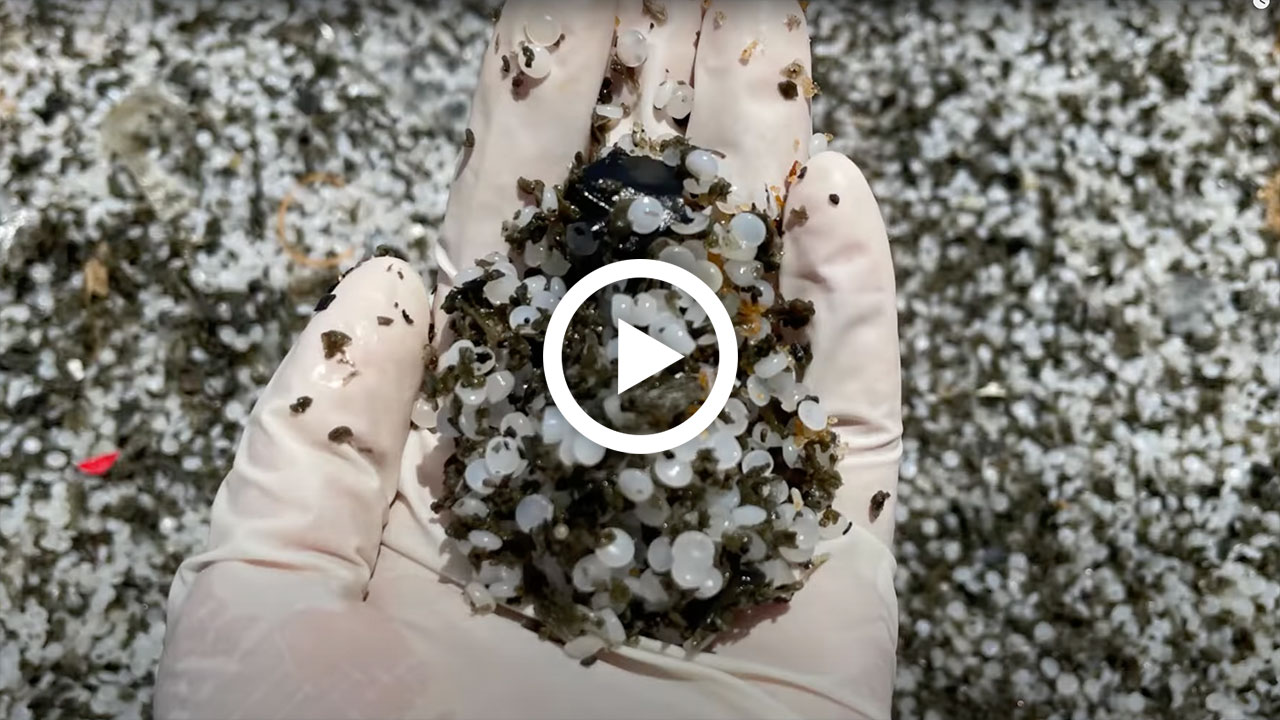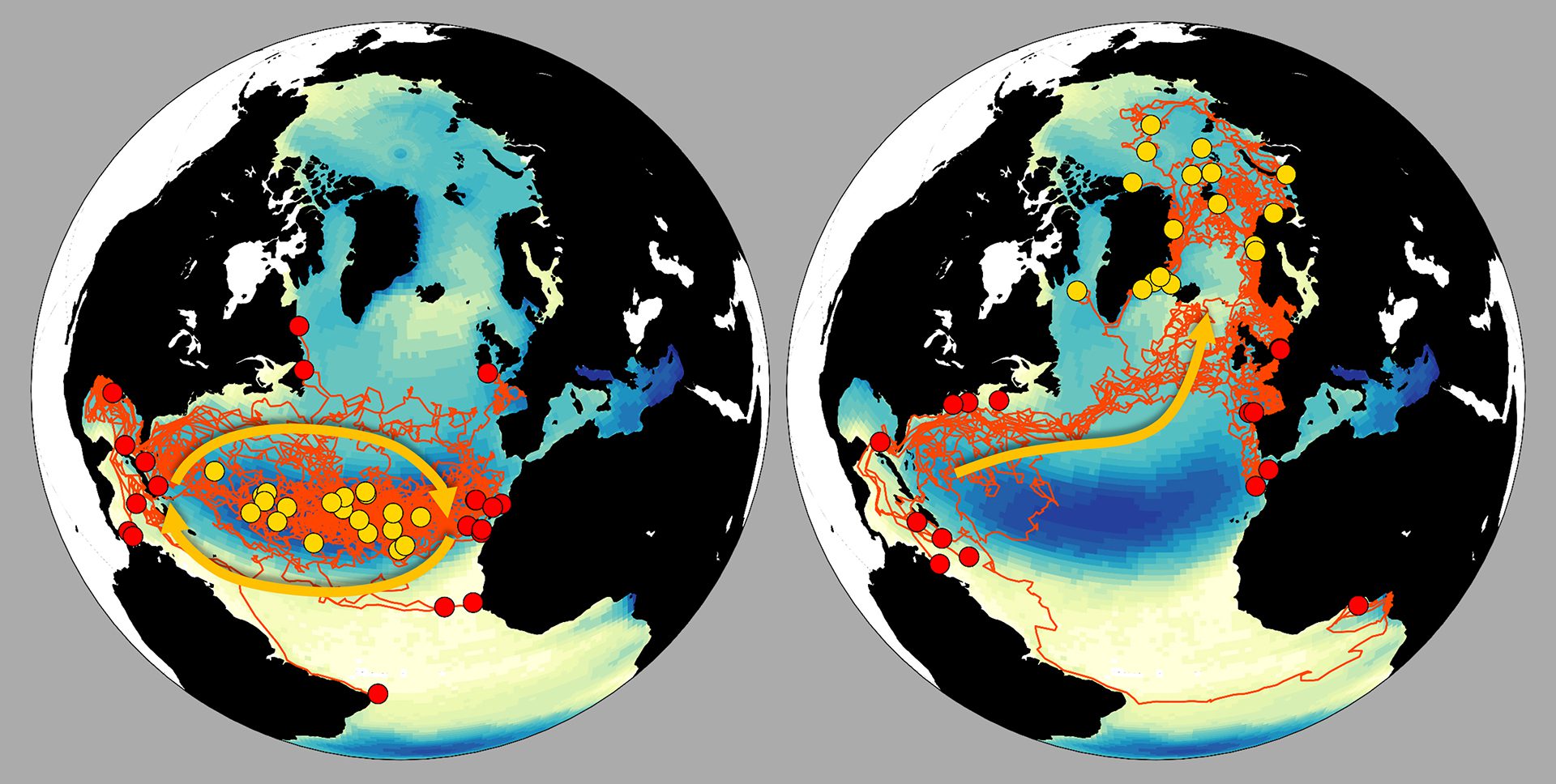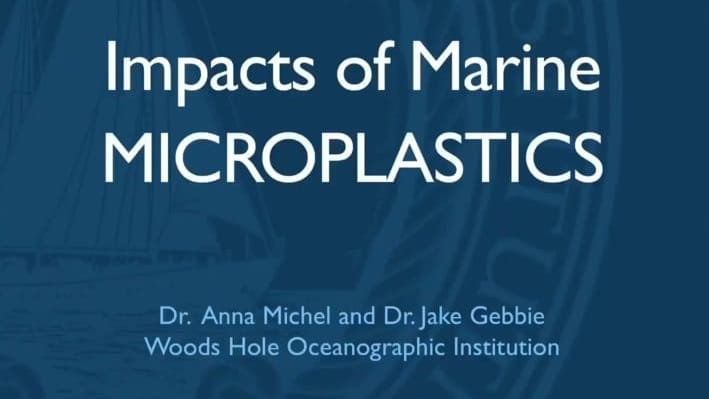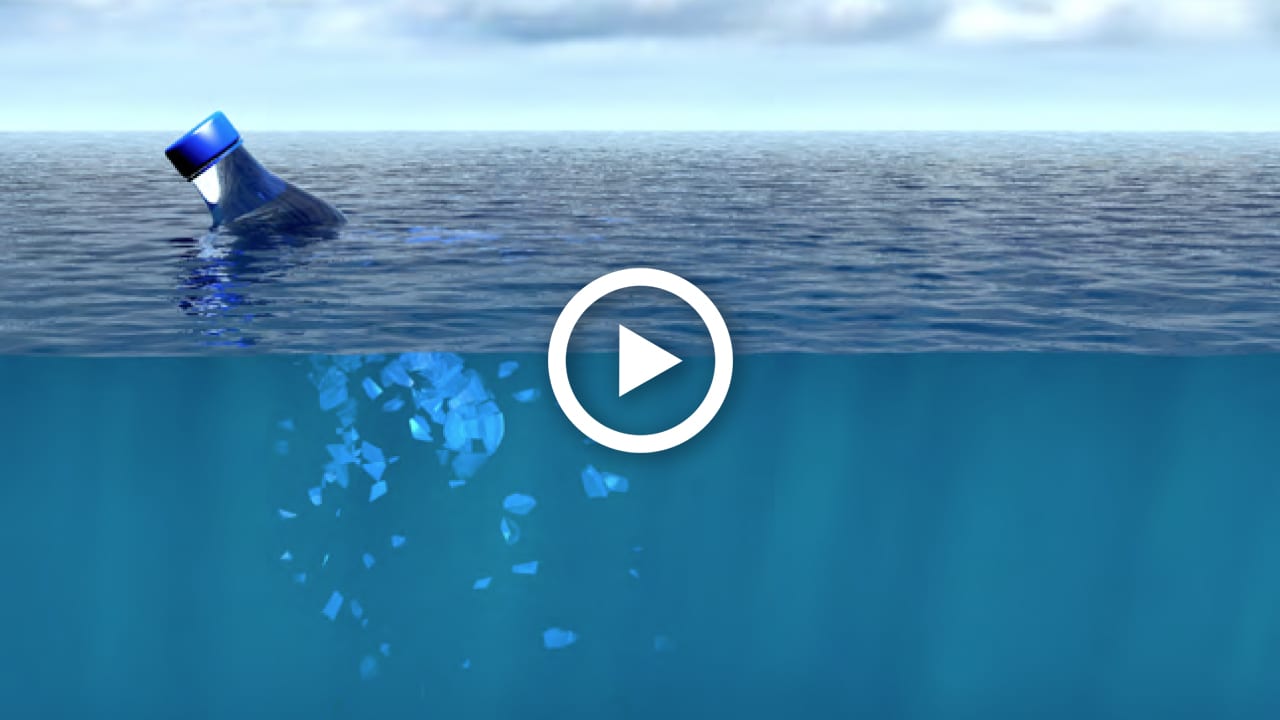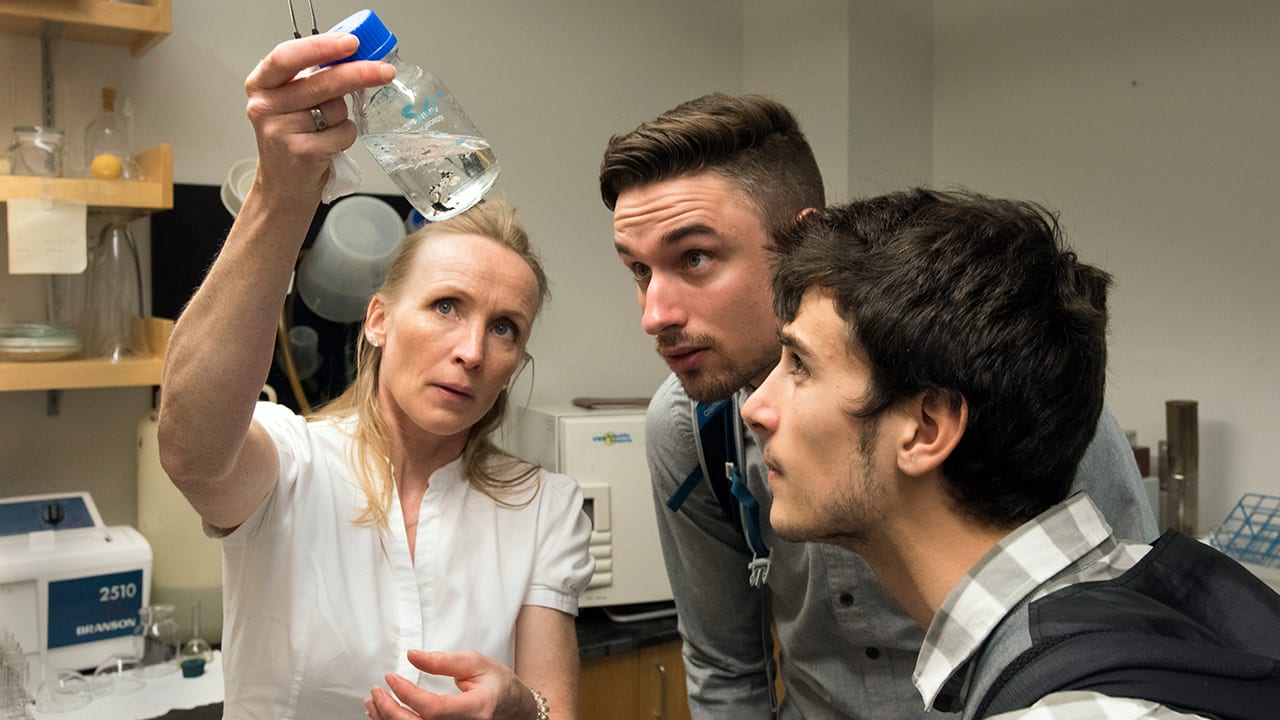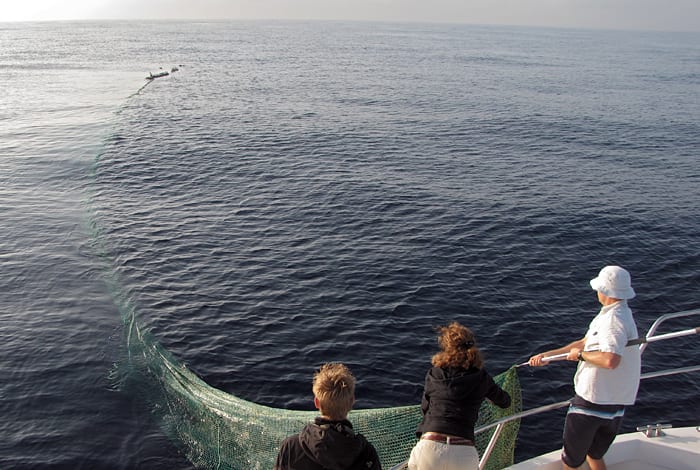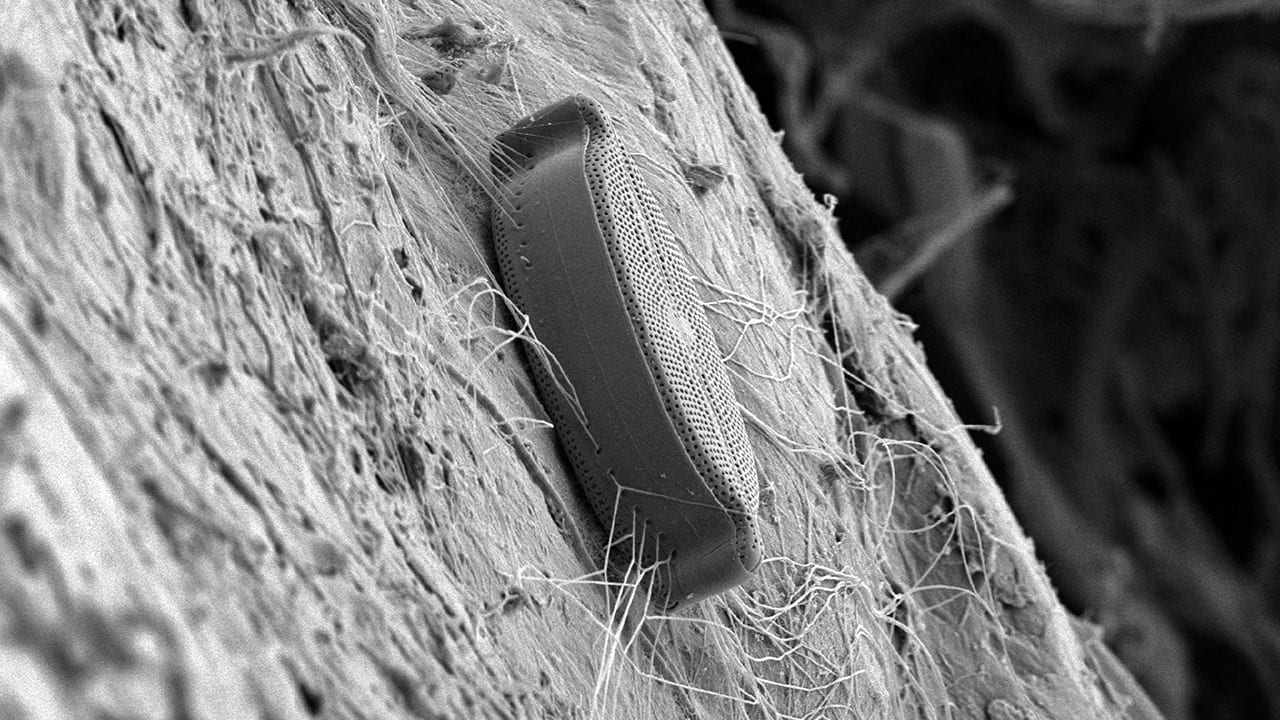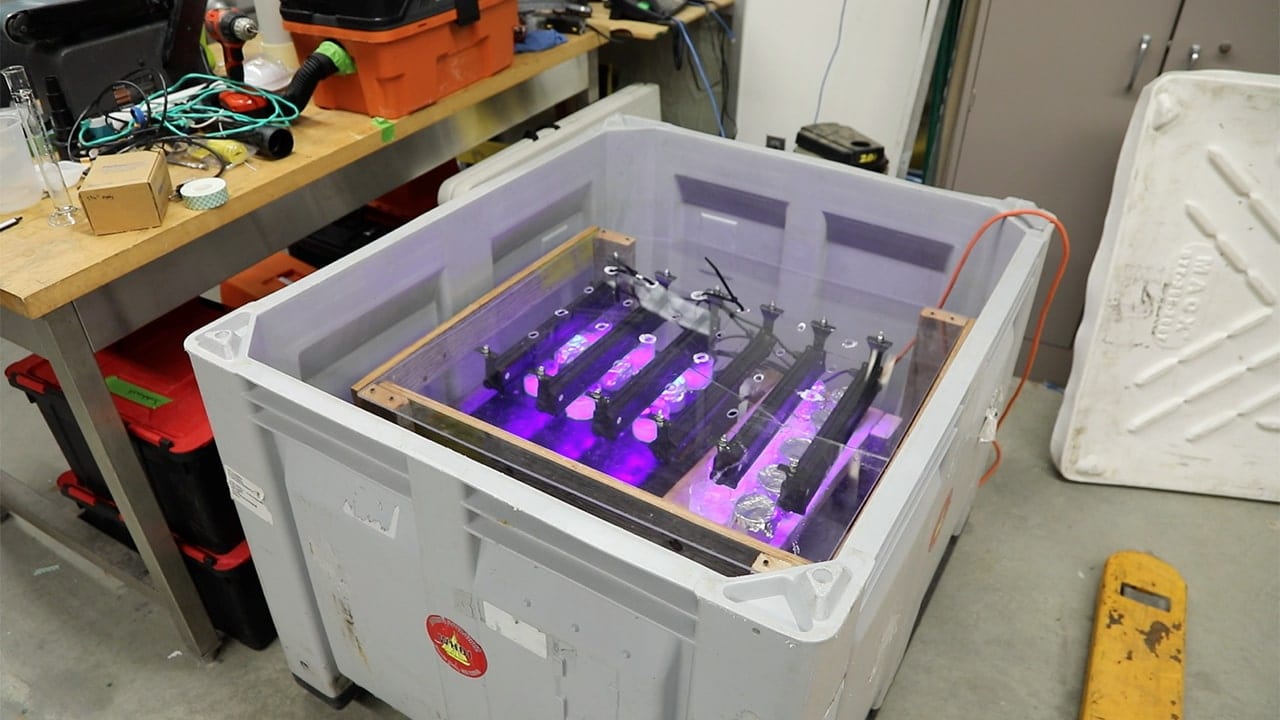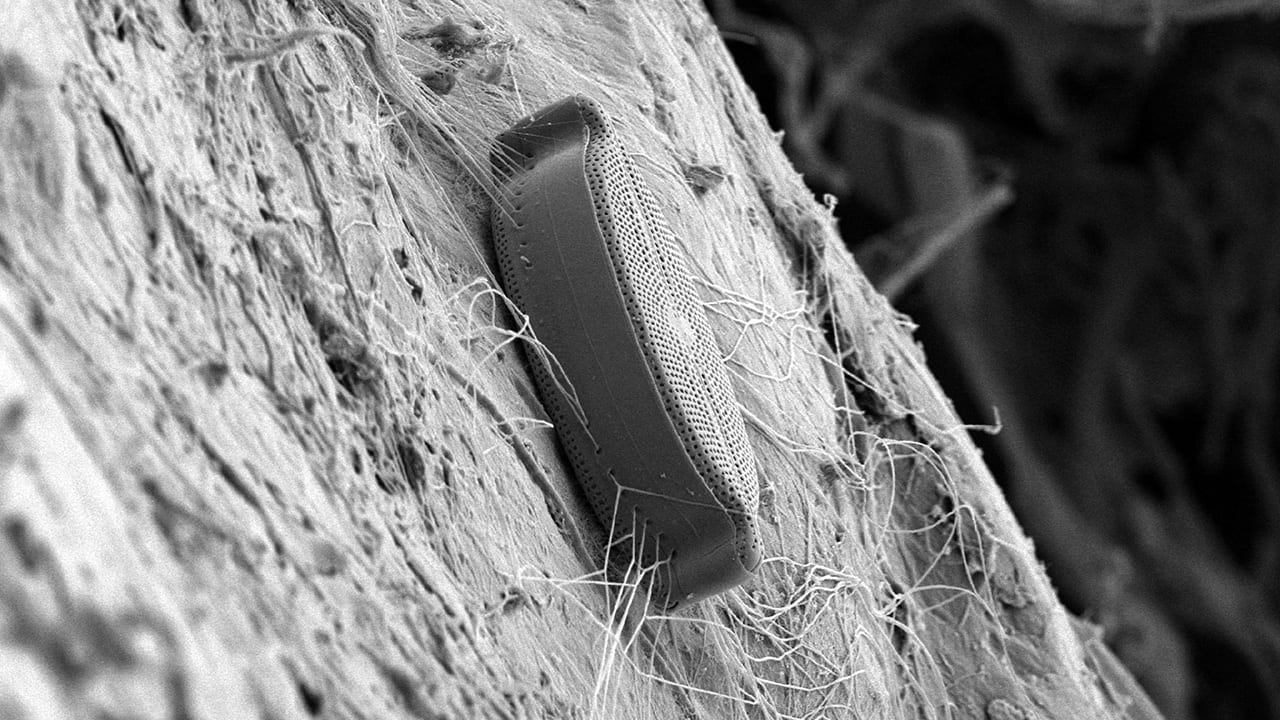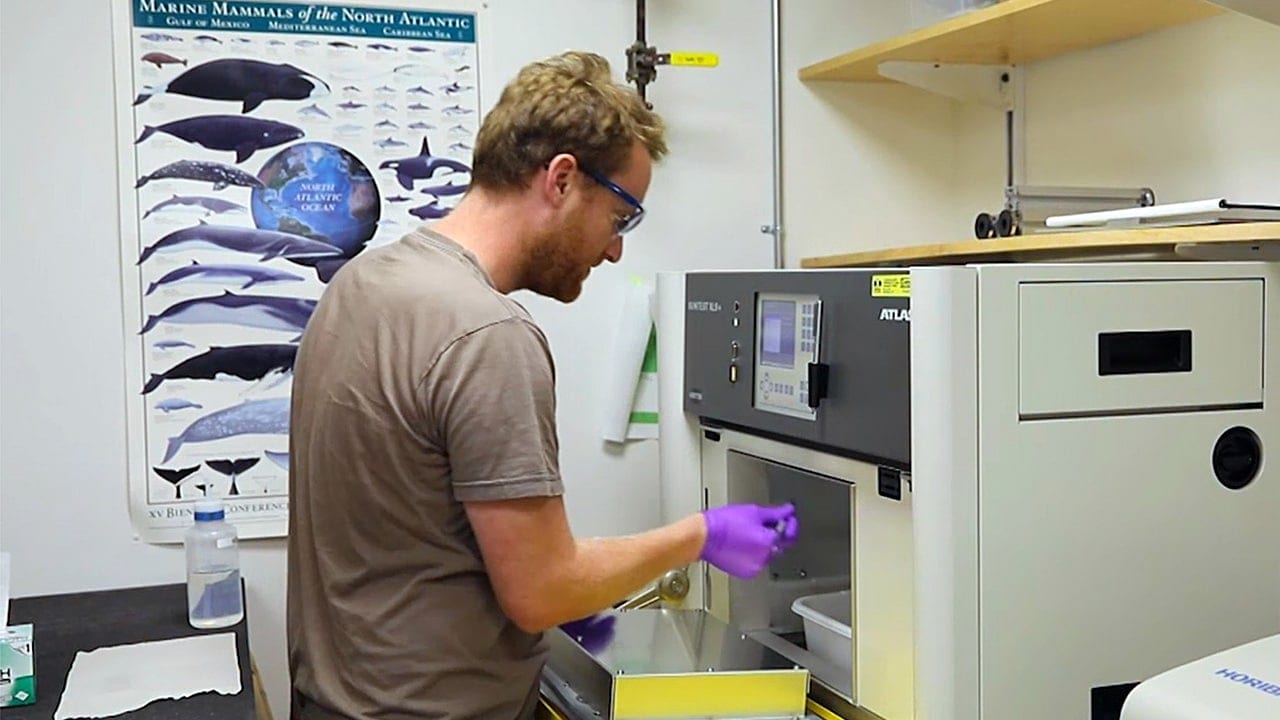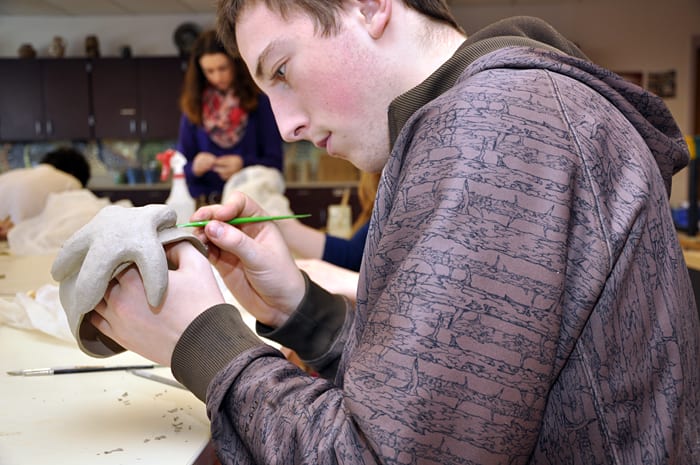Multimedia Items
What are marine microplastics?
A 2015 study estimated that roughly eight million tons of plastics enter the world’s oceans each year, yet only one percent is found floating at the surface in visible form. This suggests that the bulk of plastics in the ocean are likely microplastics suspended in the water or buried in sediments—yet scientists are only beginning to understand where they might be, not to mention their potential impacts on ocean life, ecosystems, and human health.
Read MoreConcentration of marine microplastics in the ocean on 2 globe models
Simulated models of how plastics are transported in the global ocean show that most plastics concentrate in the middle of subtropical gyres (left) However, large-scale ocean circulation systems such as…
Read MoreWebinar: Sweating the Small Stuff: Impacts of Marine Microplastics
Microplastics in the Ocean: Emergency or Exaggeration (event recording)
October 15, 2019 – Watch this recorded public event entitled Microplastics in the Ocean: Emergency of Exaggeration? with a keynote presentation by Dr. Kara Lavender Law on the science of ocean plastic pollution and laying the foundation for solutions.
Dr. Law is a faculty member at Sea Education Association, where she studies the distribution of plastic marine debris driven by ocean physics and the degradation and ultimate fate of plastics in the ocean.
Keynote presentation is followed by a panel discussion on the international perspectives on marine microplastics research moderated by Dr. Heather Goldstone, host of Living Lab, WCAI, Cape & Islands NPR. Panelists include:
Dr. Chelsea Rochman
University of Toronto, Canada
Dr. Hauke Kite-Powell
Woods Hole Oceanographic Institution, U.S.A.
Dr. Gunnar Gerdts
Alfred Wegener Institute, Germany
Dr. Hideshige Takada
Tokyo University of Agriculture and Technology, Japan
Dr. Collin Ward
Woods Hole Oceanographic Institution, U.S.A.
Sponsored by the Elisabeth W. and Henry A. Morss, Jr., Colloquia Endowed Fund
Learn more about marine microplastics here:
https://www.whoi.edu/know-your-ocean/ocean-topics/pollution/marine-microplastics/
The Outlook for Microplastics
Ecotoxicologist Marte Haave of Uni Research in Bergen, Norway, shows a vial of stormwater with paint fragments and other plastic particles to WHOI guest student Max Beaurepaire (front) and Rune Øyerhamn,…
Read MoreGiving Marine Life a Ghost of a Chance
During a recent trip to the Mediterranean to study the social ecology of long-finned pilot whales and their reaction to the sound of predators, members of the MED-11 Alboran Sea…
Read MoreHitching a Ride
An image from a high-powered microscope reveals a microbe that has colonized a microplastic fragment collected in the North Atlantic Ocean. By hitching a ride, such marine microbes entice fish to ingest…
Read MoreMaking Plastics Micro
WHOI scientists are using this fragmentation chamber to simulate how waves, sunlight, and sand degrade plastics into tiny fragments in the ocean over time. The chamber provides a motorized platform…
Read MoreLatching On
An image from a high-powered microscope reveals a microbe that has colonized a microplastic fragment collected in the North Atlantic Ocean. Such marine microbes entice fish to ingest microplastics. Scientists…
Read MoreTiny Plastics, Big Investigation
Scientists at Woods Hole Oceanographic Institution (WHOI) are embarking on a long-term study of marine microplastics to answer a litany of questions, including how larger plastics break down into tiny…
Read MoreArt in Science
This year, after a visit with WHOI scientists, Falmouth High School senior Tyler Ragonese crafted a ceramic sea star that he attached to a bowl. This spring the finished product, and…
Read More
